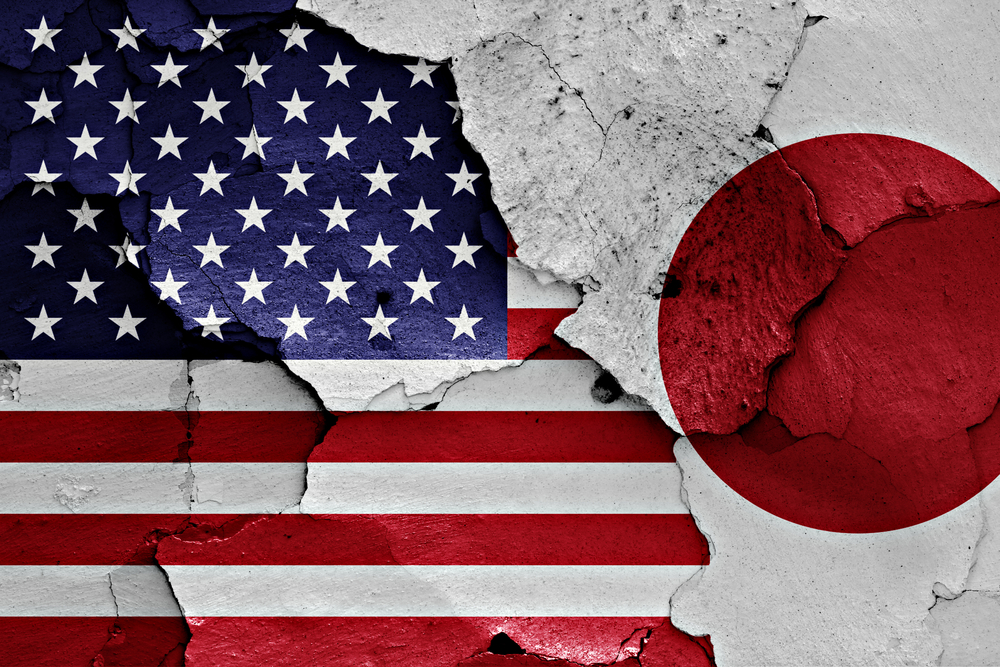It’s as though I know what I’m talking about…
Several months ago when I was speaking at our Total Wealth Symposium in The Bahamas, I laid out a simple, straightforward path that would see China devalue its currency which would, in turn, lead to the Federal Reserve finally finding the cover it needs to raise interest rates here at home without fear of unleashing economic pain on America.
The first two steps along that path are unfolding now.
And that means the world economy, despite the hand-wringing we see from economists and the media, is turning up again … which means that emerging-market and commodity economies are in the early stages of a rebound and, as such, are good investments today.
So let me tell you the two plot points I’m talking about:
- China has reported that its exports rose in March for the first time in nine months.
- China has reported that its manufacturing sector in March moved into expansion territory for the first time in eight months.
Those two plot points are critical, first-response indicators that the Chinese economy is responding positively to the surprise currency devaluation the country announced last August.
As I laid out in The Bahamas, China’s devaluation was good news for the global economy and for America — at the time, the exact opposite message we were being fed by so many in the mainstream punditry business, all of whom insisted a devaluation was a sign of Chinese economic weakness and pending collapse.
A Strong Dollar Crushes the Global Economy
Given the lunacy inside the Federal Reserve in the wake of the global financial crisis, China had no other option but to devalue its currency. As I’ve explained a few times, China’s currency (the yuan) was long pegged to the dollar. With the Fed talking the dollar higher in the last few years on hollow promises to raise interest rates, that forced the yuan higher as well … and a higher yuan caused all manner of upset inside China and, ultimately, the global economy.
A more expensive yuan meant Chinese-made goods rose in price, making those goods less competitive globally. So just as consumers shift to ground beef and abandon steak when inflation attacks, global buyers shift to cheaper goods made in Vietnam, the Philippines or elsewhere and abandon Chinese products.
An expensive yuan means Chinese exports fall, which slams manufacturing, which leads to layoffs, undermining Chinese consumer sentiment, which pushes down imports that feed consumer demand, all of which reduces China’s GDP and crushes commodity prices overseas since China’s manufacturing sector has slowed its buying of all the raw materials it needs.
That hurts commodity-country currencies and their GDP, which forces them to cut interest rates in a so-far futile effort to prime the local economy.
And, at the very end of the line, that pinches the Federal Reserve’s ability to raise interest rates in America, because doing so means the Fed is bucking a global trend … which forces money to flow into the higher-yielding dollar, sending our greenback soaring in value, which then hurts all the U.S. companies that rely on exporting goods overseas, or which compete here at home against imported goods that are suddenly cheaper in dollar terms.
Profit While the Fed Waits
There are two linchpins in that chain reaction: the dollar and the yuan.
The Fed doesn’t seem too sure about what it’s doing, given that Fed governors, based on their speeches, seem out of touch with underlying economic data. It’s as though they’re using economic models built for a different age. Worse, their words contradict their actions in Fed meetings.
That leaves China as the adult in the room.
Chinese central bankers devalued their currency because they were not about to let misguided U.S. monetary policy undermine China’s economy even more. In doing so, they set in motion a chain of events that will reverse the chain reaction I laid out above. This is exactly what I spelled out in The Bahamas with this PowerPoint chart:

As all of this unfolds, the big winners will be the commodity countries that are sending everything from iron ore and copper to dairy powder and soy into China. So, basically, countries such as Chile, New Zealand, Australia, Malaysia, the Philippines, Zambia and the like.
For that reason, a broad-based emerging-markets mutual fund such as the Harding Loevner Emerging Markets Advisor Fund (HLEMX) is a good place to put some cash to work.
The one thing that would derail us — if the Fed acts too soon and begins hiking rates before all the pieces are in place. I don’t see that happening at the moment. Despite the public blathering from Fed governors, in private I think they realize that any move that would strengthen the dollar is a move that hurts the U.S. and global economies.
It’s a waiting game now, and I’m betting the Fed waits and lets the global economy come to it, instead of trying to force the issue here at home.
Until next time, good trading…

Jeff D. Opdyke
Editor, Frontline Investor



